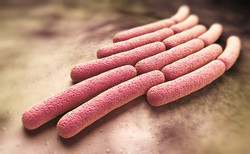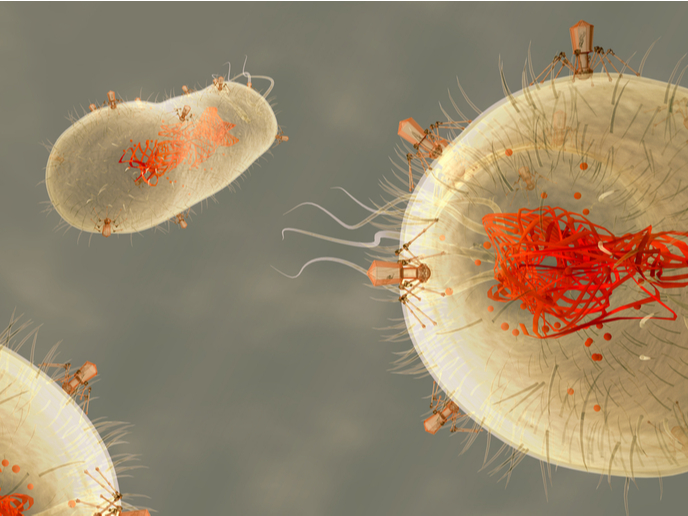Shigella invasion
Shigella causes dysentery, a gastric illness in humans resulting in life-threatening diarrhoea. When Shigella is ingested through contaminated food or water, it binds to the intestinal mucosa, the epithelial cells that line the surface of the intestine. The bacteria then inject proteins called effectors allowing the pathogen to invade the intestinal mucosa and evade the host's immune system. The EU-funded SHIGELLA INDUCED EMT (Diversion of adherens junctions by bacterial type III effectors during Shigella invasion of polarized intestinal epithelial cells) project studied how the Shigella effector proteins breach the intestine's protective layer of epithelial cells. Researchers particularly wanted to see how the bacterial type III secretion system facilitates the takeover of host cell pathways. Epithelial cells connect to each other via adherens junctions (AJs) - protein complexes that connect cell skeletons and help cells keep their shape. Shigella effector proteins target host cell proteins involved in regulating how these skeletons arrange or organise themselves. Effector proteins block host regulatory proteins from maintaining cell connections through AJs, causing the epithelial cells to become polarised. Through cell binding activity, Shigella is then internalised into the intestinal mucosa. Researchers discovered that Shigella activates a protein in the host cell called cortactin that is key for actin polymerisation and cell motility. Researchers also used a microscope to look at cells infected with Shigella. They saw that Shigella invasion substantially changed the skeletal structure specifically at AJs, inducing the cells to become more mobile. Understanding how Shigella subverts host cell defences and causes infection will help researchers develop drugs that target this process. The Shigella model of infection could also prove useful for studying important pathways involved in development, wound healing and cancer progression. This may lead to the development of novel targeted therapies.







